Days We Celebrate By Mrs. Navneeta Talukdar
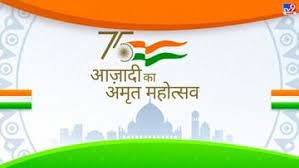
Every year, the special day of August 15, fills the heart of every Indian with pride and reminds us of the long, hard-fought battle for liberation against British domination. Despite the significant might of the expansive British Empire,various groups of persistent freedom fighters and brilliant strategists prudently defeated the British with strong, tactical mobilizing and this raging force of the tolerant Indians was the outcome of centuries of oppression. Last year, in 2021, India celebrated 75 years of being born as a free nation which is commemorated as Azadi ka Amrit Mahotsav, an initiative by the Government of India.
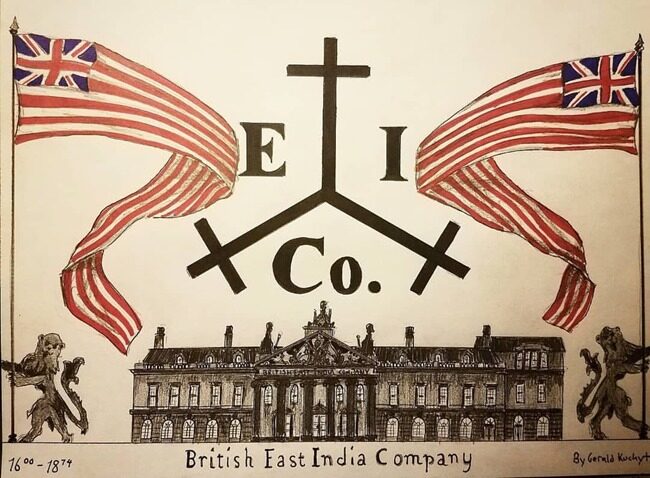
The British Empire’s rule started in India under the garb of the English East India Company.
The Company started with gaining control over Bengal, a major kingdom of the Indian Subcontinent after winning the Battle of Plassey under the leadership of Robert Clive in 1757.Mysore state was won over in 1799, Marathas were finally defeated in 1818, and Sikh empire was finally defeated only by 1849.
There might be other smaller kingdoms that fought even later but these three were major powers of the sub-continent.

The first widespread but unsuccessful rebellion against the foreign rule started in 1857 as the Indian Mutiny, also called Sepoy Mutiny. Begun in Meerut by Indian troops (sepoys) in the service of the British East India Company, it spread to Delhi, Agra, Kanpur, and Lucknow.
In the end, the rebellion was suppressed successfully by the British and hundreds of sepoys were bayoneted or fired from cannons in a frenzy of British vengeance.
After the Sepoy Mutiny, the British abolished the British East India Company and replaced it with direct rule under the British crown.
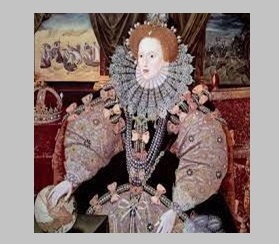
After the Sepoy Mutiny, the British abolished the British East India Company and replaced it with direct rule under the British crown.
The continuously increasing awareness, contact with the outside world, and the urge to free the motherland, gave rise to an organized movement by the end of the nineteenth century.
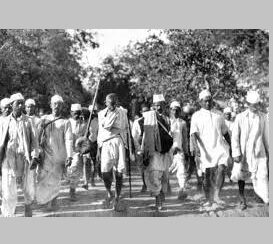
The Indian independence movement gained momentum during World War I and it was led by renowned leader Mahatma Gandhi. Gandhi staunchly advocated a non-cooperation, nonviolent method of protest, after which the civil disobedience movement took place.
After relentlessly long campaigns for independence, India’s struggle paid off. Britain had weakened after the two world wars and began thinking of ending its rule in India. On August 15, 1947, at midnight, India gained independence and was concluded by the iconic speech by Jawaharlal Nehru, “Tryst with destiny.”
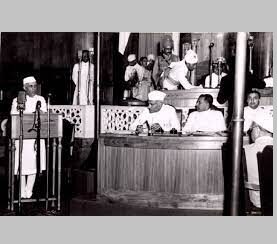
The great British rule over India came to an end with the powers transferred to the newly independent entities Pakistan and India. On 15th August 1947, the first Prime Minister of India, Jawaharlal Nehru, lifted the Indian flag above the Lahori Gate in Delhi. In some ways this became a custom and on each subsequent Indian Independence Day, the sitting Prime Minister raises the Tricolour and gives an address to the nation.






Leave a Reply